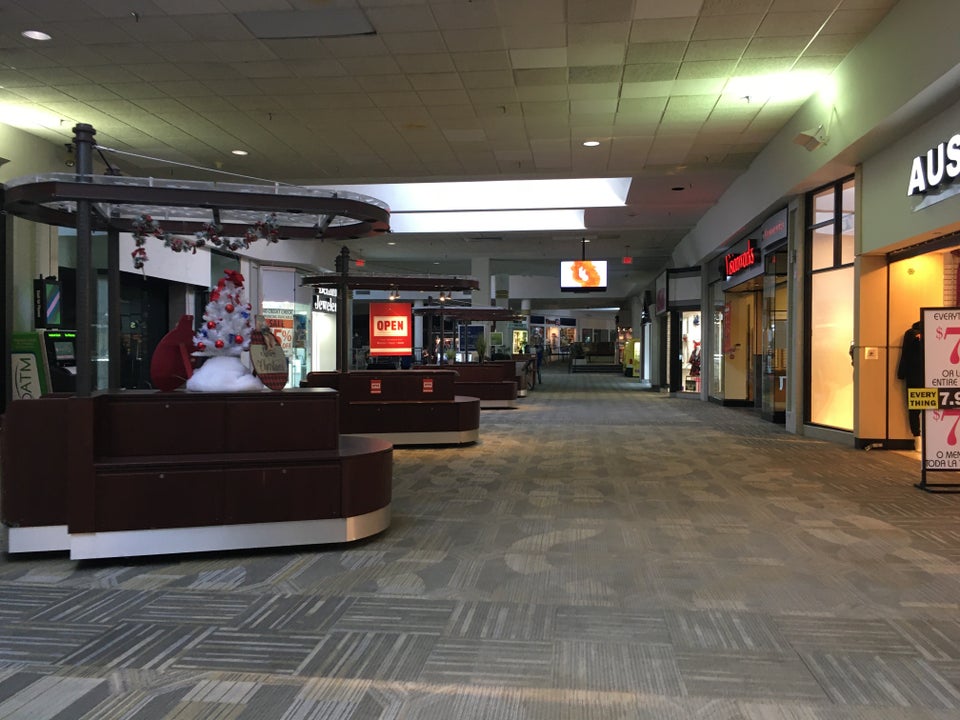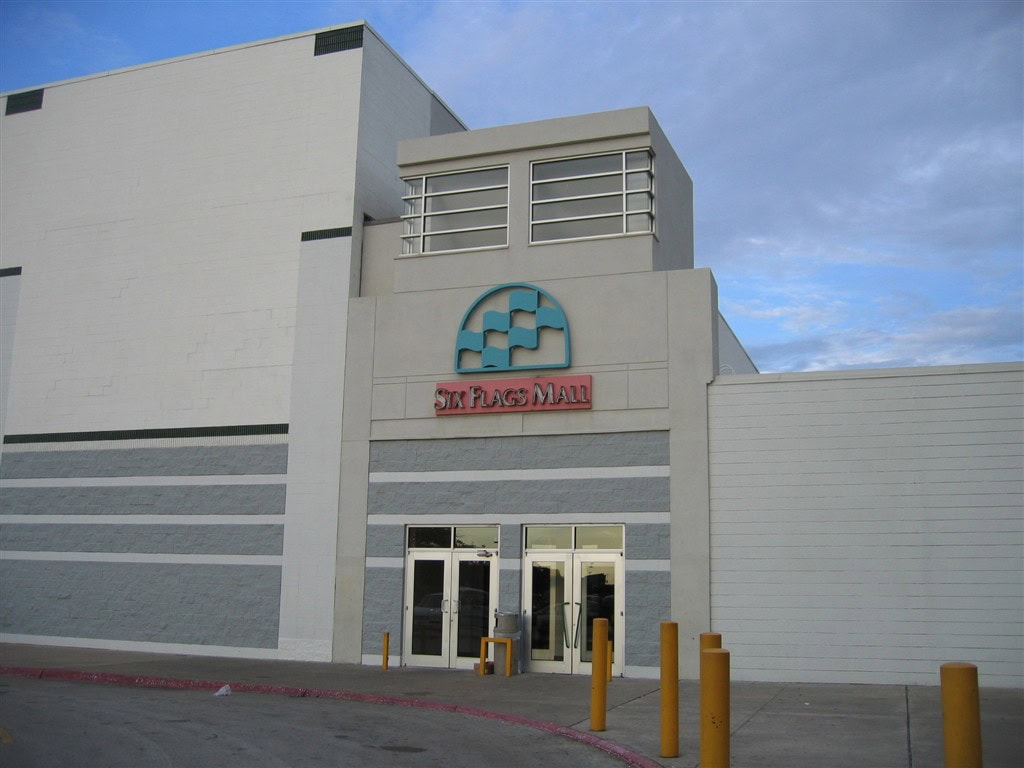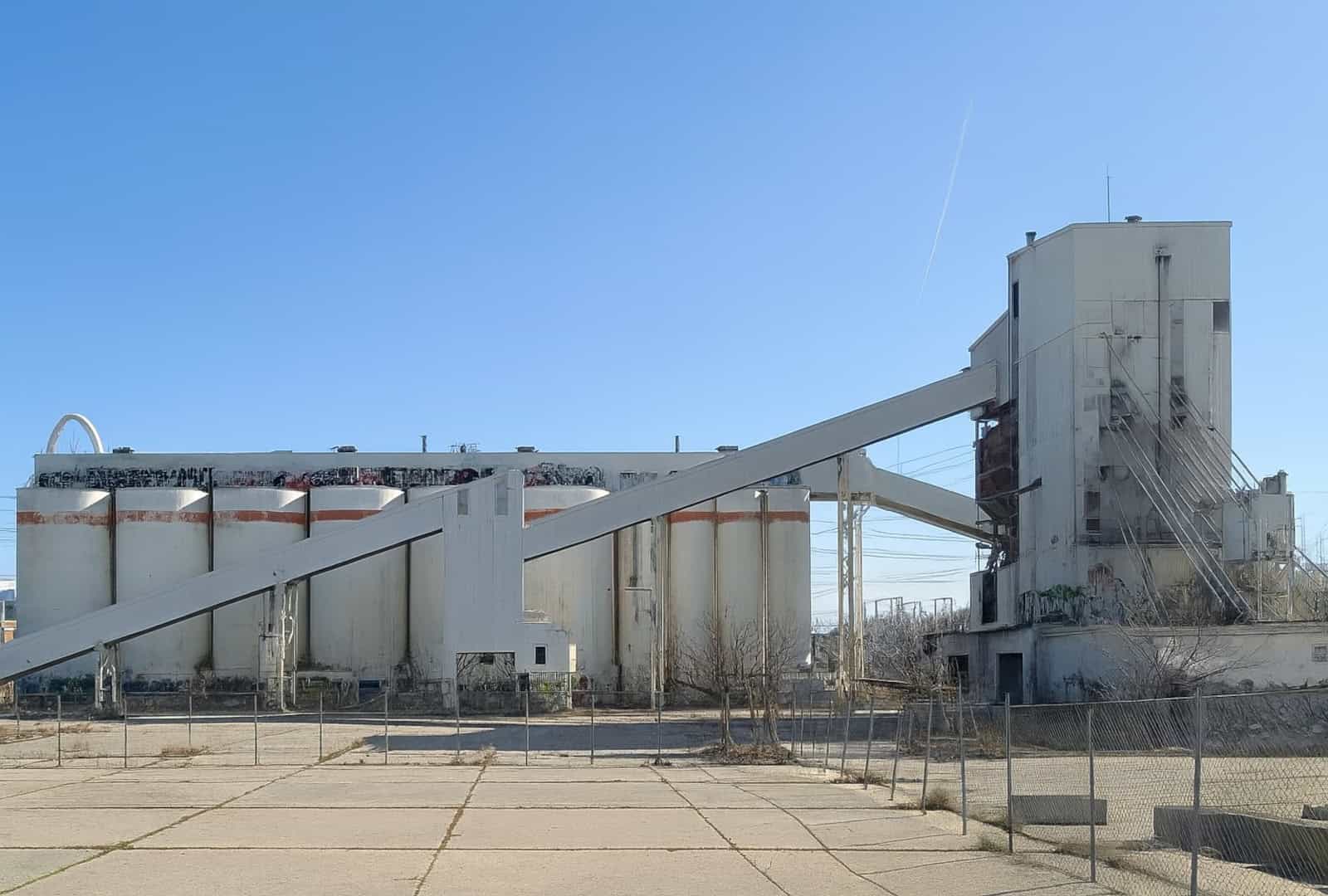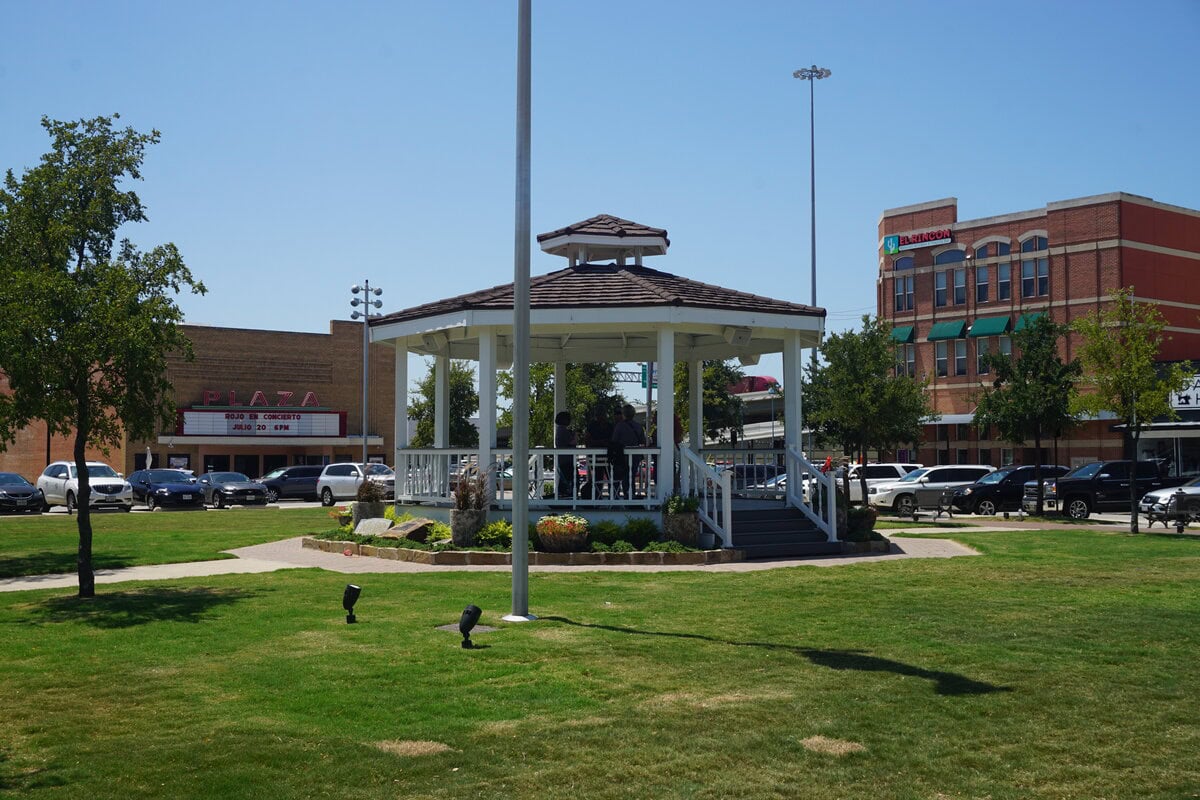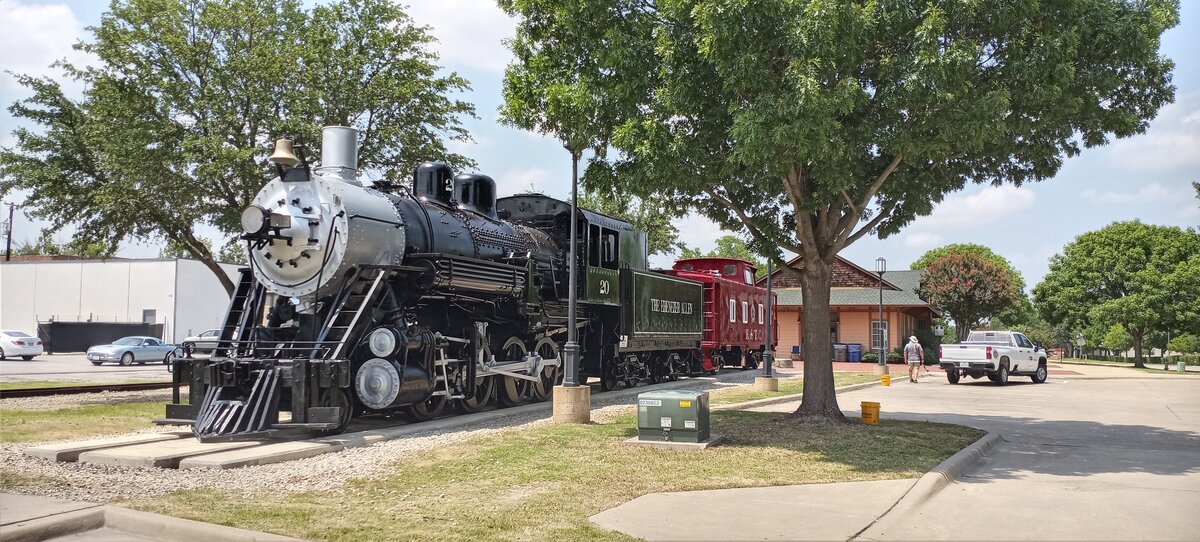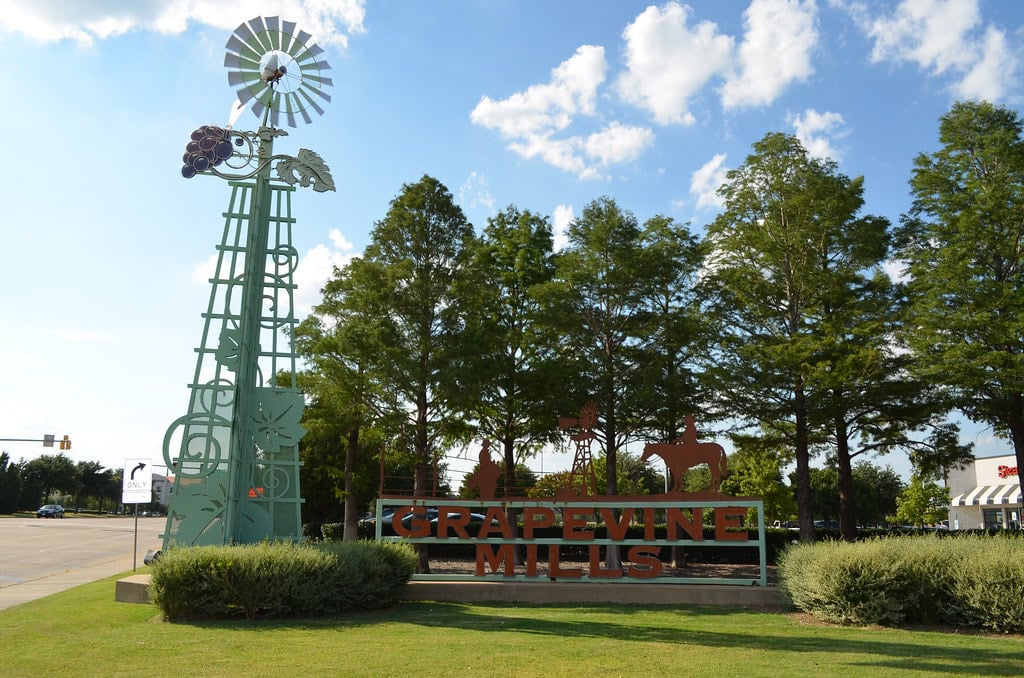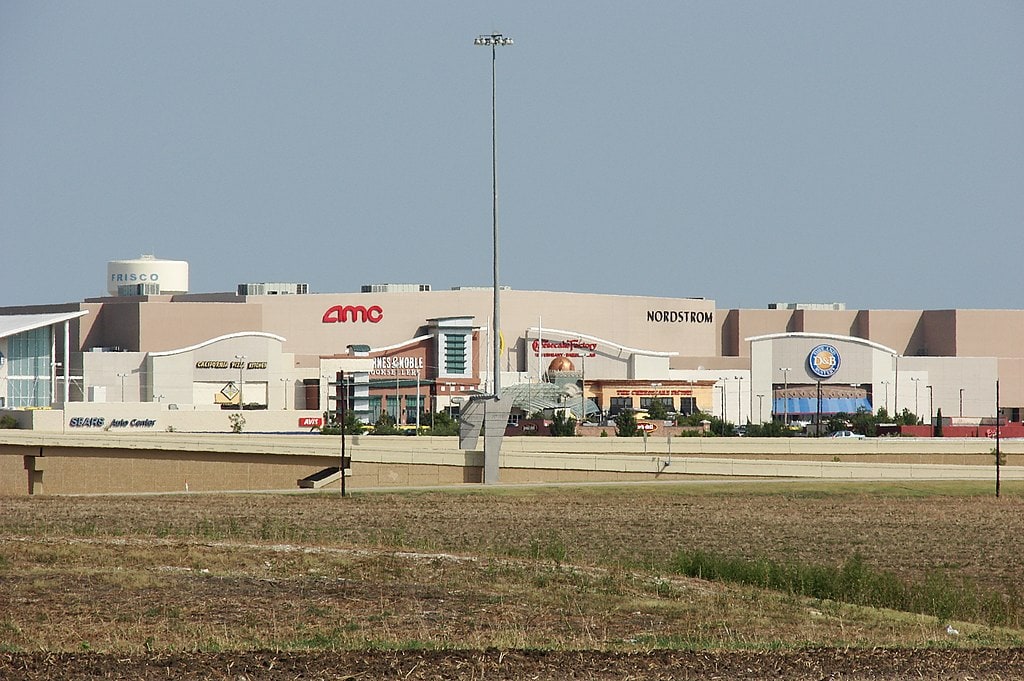A 3-day music experiment left a permanent mark
Texas International Pop Festival landed in Lewisville on August 30–September 1, 1969, using the grounds of Dallas International Motor Speedway.
The bill included Led Zeppelin, Janis Joplin, B.B. King, and others across Labor Day weekend.
Crowds camped, traffic backed up on the freeway, and performers played into the night.
A state marker now stands near Hebron Station, noting the event and listing the acts.
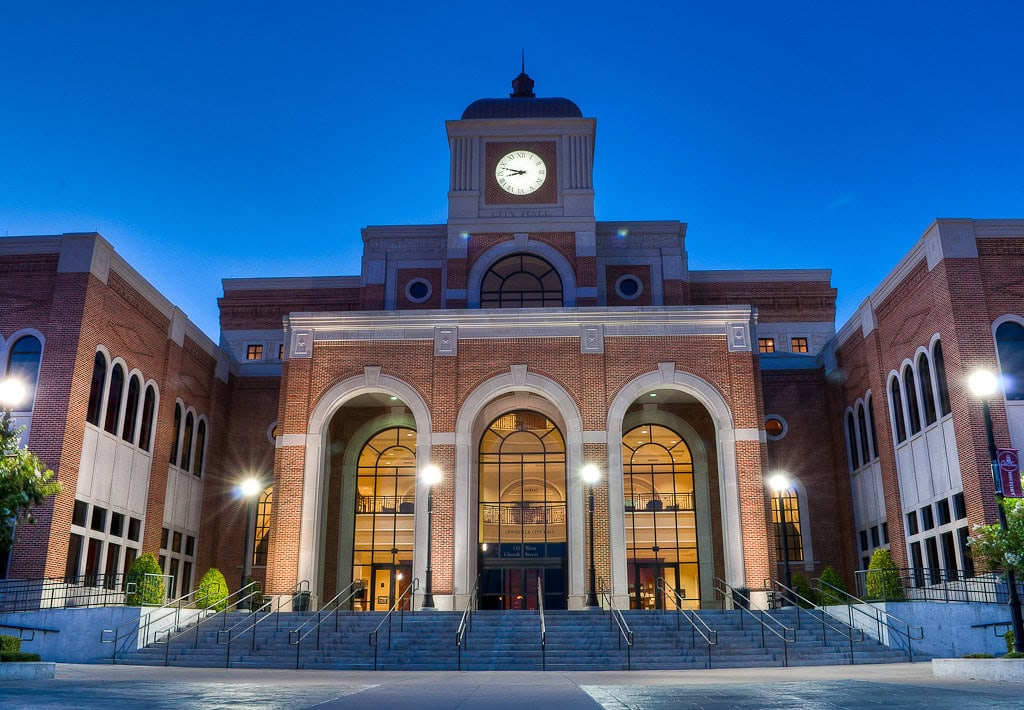
The bank stickup with a notorious name attached
On April 25, 1934, Raymond Hamilton of the Barrow gang robbed the First National Bank of Lewisville on Mill Street.
Bonnie and Clyde were not present, but their associates' entry and escape plan followed a familiar pattern from the gang's North Texas run.
The robbery occurred weeks before lawmen ambushed Bonnie Parker and Clyde Barrow in Louisiana.
The damaged bank survived, and later remodels on Main and Mill left the ground-level layout still readable.
A primetime drama was renamed downtown for a day
In March 1962, a "Route 66" crew turned Old Town into the fictional "Kilkenny, Texas."
Productions hung temporary storefront signs on Main, Church, and Mill streets and recruited residents as extras.
The episode, titled "Love Is a Skinny Kid," aired on April 6, 1962, starring Martin Milner, George Maharis, Tuesday Weld, and Cloris Leachman.
Shots included recognizable corners and facades that still traced the current street grid.
The filming predated the city's modern arts center by decades, but it tied national TV to Lewisville's core blocks and turned everyday buildings into set pieces for a network audience.
Electric rail beat the freeway by decades
From 1923 to 1932, the Texas Interurban Railway offered hourly electric passenger service between Dallas and Denton with a stop at Lewisville.
The line ran on Katy trackage with overhead wire, carried mail and express freight, and posted about 33 miles end to end.
Automobiles and buses undercut ridership, and the operation went dark when the Dallas Union Trust Company foreclosed in 1932.
Local timelines recorded the Lewisville stop and the close of service, tying the interurban era to Main Street decades before U.S. 77 and I-35E reshaped the corridor.
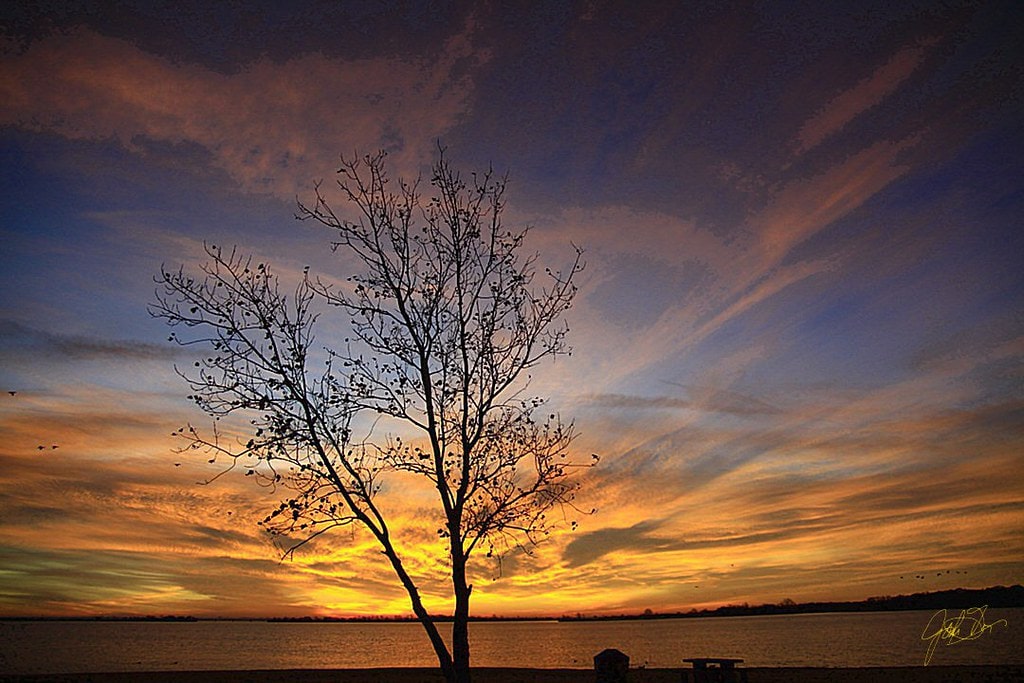
A tiny shellfish changed life on the lake
By 2013, zebra mussels had spread into Lewisville Lake.
These small, striped shellfish clung to boats, docks, and water pipes, clogging equipment and spreading fast.
Once they were confirmed in the lake, officials posted "Clean, Drain, Dry" signs at ramps and marinas, telling boaters to wash their gear before leaving the water.
Crews began checking boats for hitchhiking mussels and built cleaning stations around popular launch areas.
Lewisville's size and busy boating scene helped the species travel quickly, so the reminders became a normal part of every trip to the lake, and remain in place today.
An annexation that redrew the map overnight
In November 2021, the City of Lewisville annexed most of Castle Hills, adding more than 2,500 acres and roughly 18,000 residents in a single action.
The move followed years of planning with the district's developer and set new city boundaries around neighborhoods, schools, and retail that were previously in unincorporated Denton County.
The annexation absorbed large planned areas south of SH 121 into Lewisville's tax base and development code while keeping postal addresses that were already used in Lewisville.
A high school team wrote itself into the record book
Lewisville High School opened in 1897 and later became one of the largest campuses in the district.
The Fighting Farmers won UIL state football titles in 1993 and 1996, including a Division II championship over Aldine MacArthur and a later title as the offense rushed for a game-record 547 yards without a pass in the final.
The school marked its 125th anniversary in 2023.
District history placed the original campus downtown before moves and rebuilds along W. Main St. The mascot, colors, and rivalry schedules remained active at the current complex.
A midcentury fishing hall closed after six decades
The Lewisville Fishing Barge opened on the lake in the late 1950s with enclosed wells that allowed year-round angling, heat in winter, and shaded platforms in summer.
The structure operated for generations off Lake Park Rd.
before closing in October 2021 because of structural and electrical concerns.
The city assumed ownership in July 2022, cleared the site, and held the location inside the Lake Park master plan for a potential future facility under modern codes.
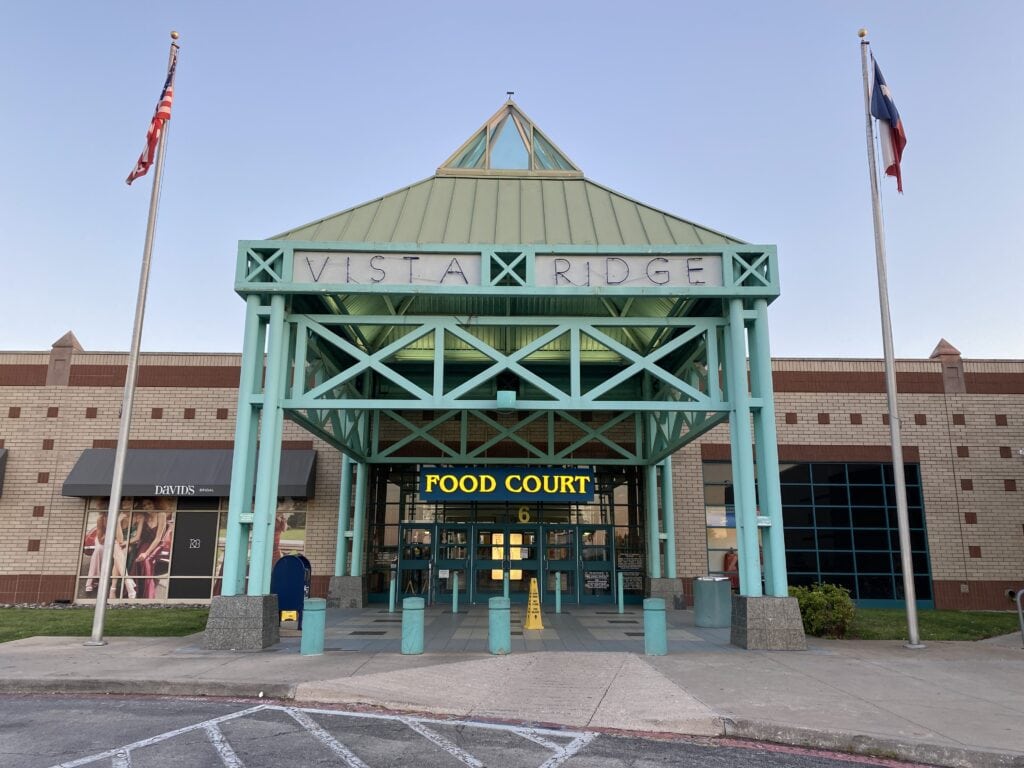
A racetrack rose and disappeared within a few seasons
Dallas International Motor Speedway opened in Lewisville in 1969 near the current I-35E/SH 121 area.
The complex hosted major drag-racing meets and served as the grounds for the 1969 Texas International Pop Festival.
The track's run was brief.
By the early 1970s, racing stopped, the facility was dismantled, and commercial development took over.
Its short lifespan left few visible remains, but maps and event posters fixed the location to the present freeway junctions.
Evidence of some of North Texas's earliest people
Inside Lewisville Lake Park, the Lewisville Prehistoric Site sat near Sailboard Point off Trotline Rd., within sight of the dam.
Workers first uncovered hearths and bones in 1951 while digging borrow pits for the lake project.
Finds included a Clovis point, baked clay features, and animal remains that matched late Pleistocene fauna.
Early radiocarbon dates sparked debate until later studies in the late 1970s–1980 confirmed a late Paleoindian age.
A marker in the park indicated precise location and noted repeated drought-season re-exposures.
The site lies inside the present city limits and remains one of the region's clearest windows into human activity at the end of the Ice Age.
A lake that nearly gave way
At Lewisville Lake Dam in 2015, engineers detected a sand boil near the base during heavy rain.
Water pushed through the earth and carried sediment downstream, a known failure warning.
The U.S. Army Corps of Engineers lowered the lake, built a seepage cutoff wall, and added berms and relief wells.
Risk-reduction construction wrapped up in August 2021.
The reservoir continued storing flood-control and water-supply reserves, including a conservation pool around 522 feet msl and more than 23,000 acres of surface area at that level.

